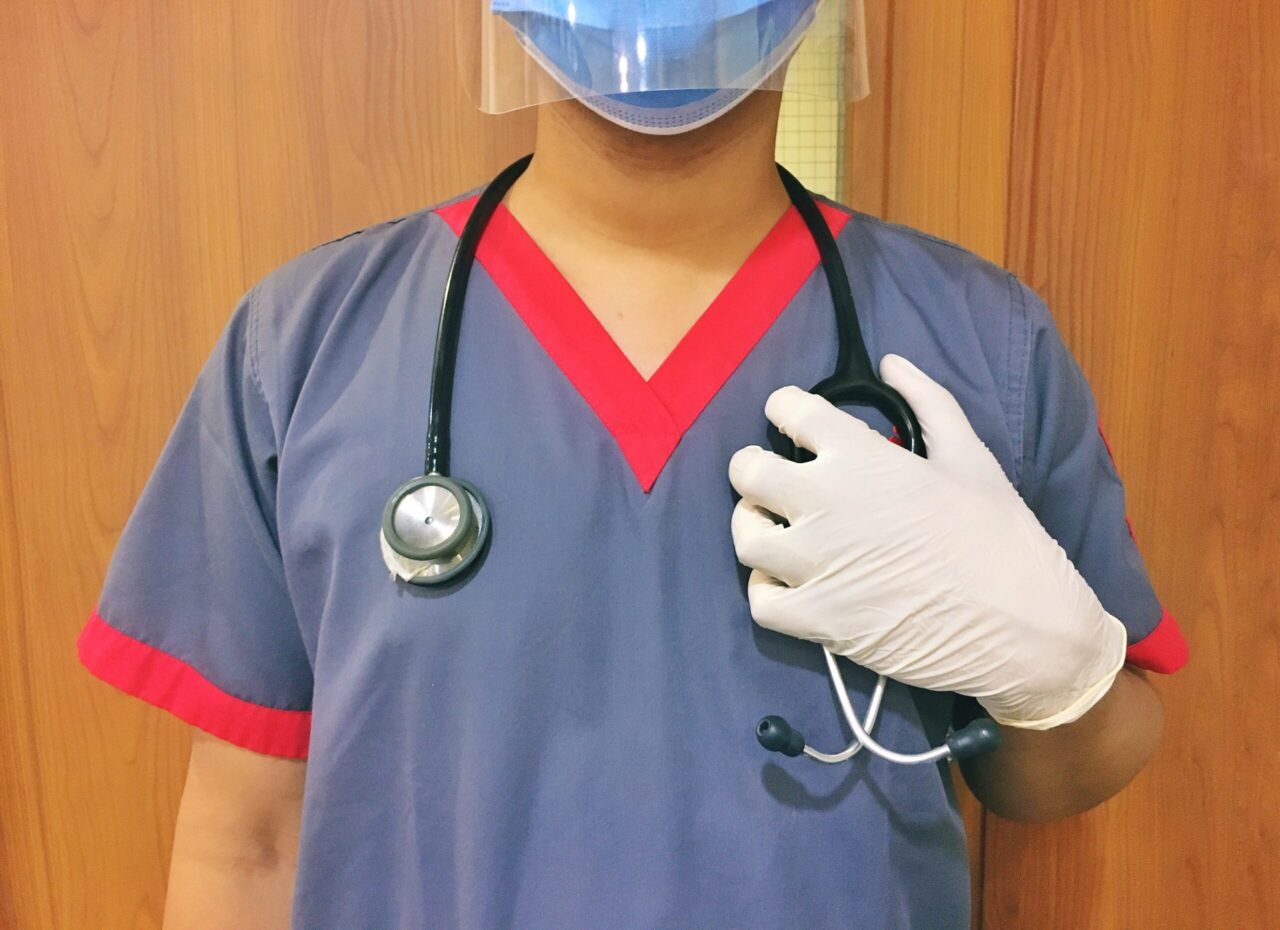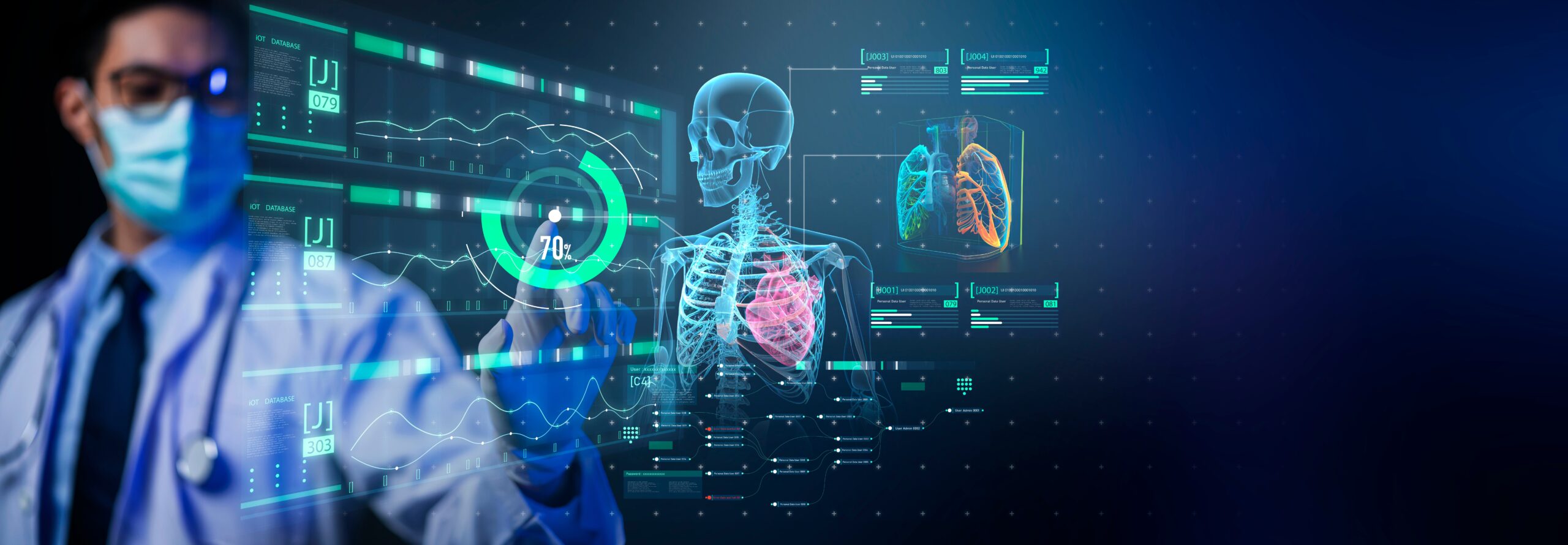Countering bullying through teamwork, increased awareness

Bullying is a serious problem seen in all aspects of life—at home, in school, and in the workplace. Anyone can be a bully, but bullying is often carried out by those who are threatened by or view themselves as superior to others. However, the younger generations, who are slowly taking…
How might telehealth alter approaches to surgical patient care?

Telehealth services grew exponentially in the early days of the COVID-19 pandemic. Overall telehealth utilization for office visits and outpatient care was 78 times higher in April 2020 than in February 2020, according to a McKinsey & Company July 2021 report. Since then, telehealth utilization has stabilized at levels that…
Surgical patients find postop virtual visits more convenient without loss of satisfaction
Editor's Note In this study by researchers at Atrium Health Carolinas Medical Center, Charlotte, North Carolina, surgical patients find virtual follow-up care more convenient than traditional in-person appointments without loss of quality or efficiency, which are important components of patient satisfaction. The analysis included 289 patients having laparoscopic appendectomy or…
Educate to mitigate workplace violence in healthcare--Part 2
Protecting healthcare staff from physical and verbal abuse has always been a part of nurse leaders’ responsibilities, but the increase in workplace violence (WPV) since the start of COVID-19 has made that even more challenging than in the past. In the first article of this two-part series, OR Manager looked…
Supportive system synergizes presurgical patient optimization
The better a patient’s overall health prior to undergoing surgery, the more likely a good surgical outcome. Research has demonstrated the benefits of prehabilitation and Enhanced Recovery After Surgery protocols, and many healthcare facilities have embedded such practices into their surgical patient care pathways. At UPMC Central Pennsylvania Region in…
US workers divided on COVID-19 vaccination mandates
Editor's Note New research from Qualtrics finds that 44% of US workers would think about leaving their jobs if their employers introduced a vaccine mandate, the August 19 Quartz at Work reports. This number is up from 39% in March; however, 38% said they would consider leaving their jobs if…
Low global trust in governments, HCWs influencing health information, vaccine attitudes
Editor's Note This new study by the UCLA Fielding School of Public Health which drew on surveys of more than 149,000 people in 144 countries finds that trust in governments and healthcare workers is correlated with trust in health or medical advice from them and with more positive attitudes toward…
ACS urges surgeons to take active role in getting patients vaccinated against COVID-19
Editor's Note The American College of Surgeons (ACS) on August 4 announced the launch of a “Talk It Up” campaign to help surgeons address their patients’ concerns and help them understand the importance of getting vaccinated against COVID-19. The campaign includes a series of videos about the importance of vaccination,…
Use of targeted behavioral science messages to increase HCW COVID-19 vaccinations
Editor's Note In this study by researchers at Geisinger Health System, Danville, Pennsylvania, an individually addressed email nudge designed with behaviorally informed features caused more than twice as many healthcare workers (HCWs) to register for a COVID-19 vaccination, compared with HCWs in a control group. The health system initially sent…
Cigna, Oscar Health to offer virtual-first primary care plan
Editor's Note Cigna and New York City-based Oscar Health will offer a virtual-first primary care plan next year in Georgia and Tennessee for small businesses, the July 22 Becker’s Hospital Review reports. The model, which will be available on some of the insurers’ joint plans, offers unlimited primary care provider…

 Free Daily News
Free Daily News